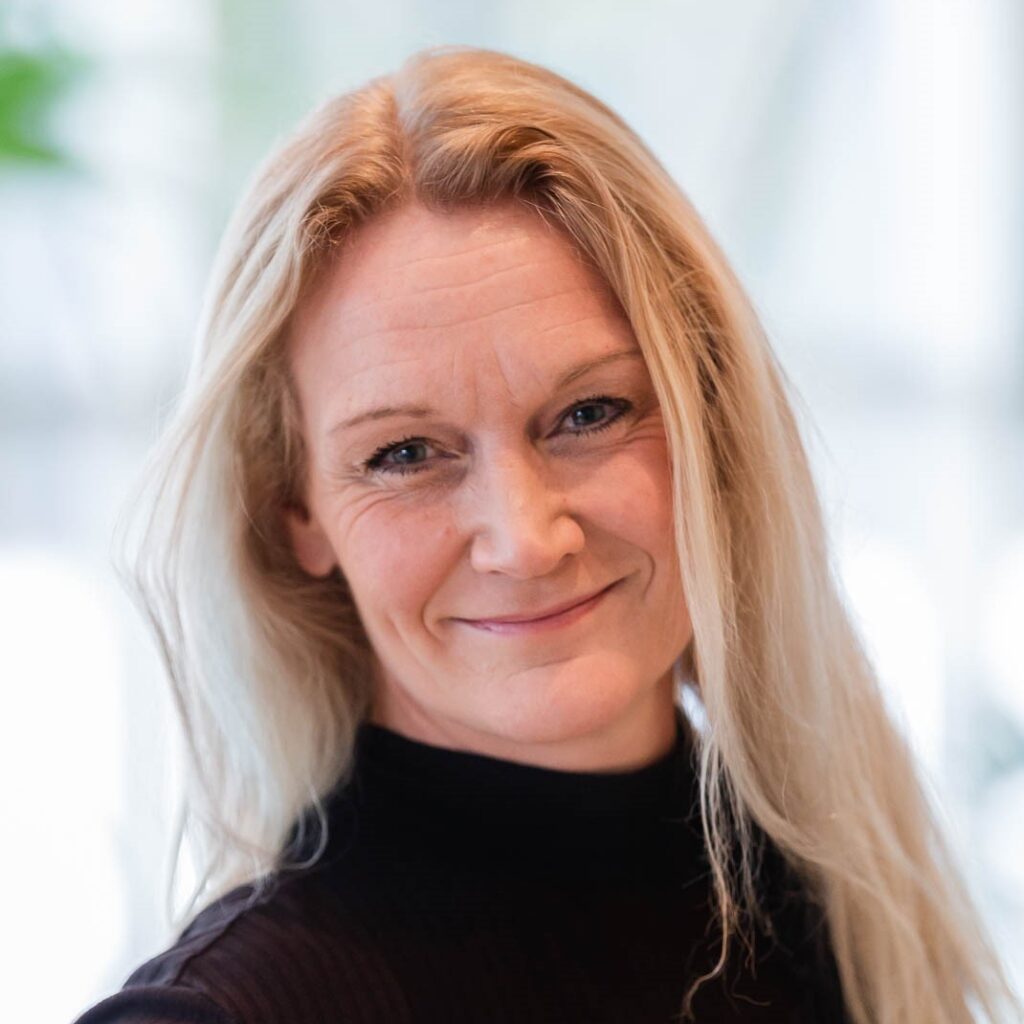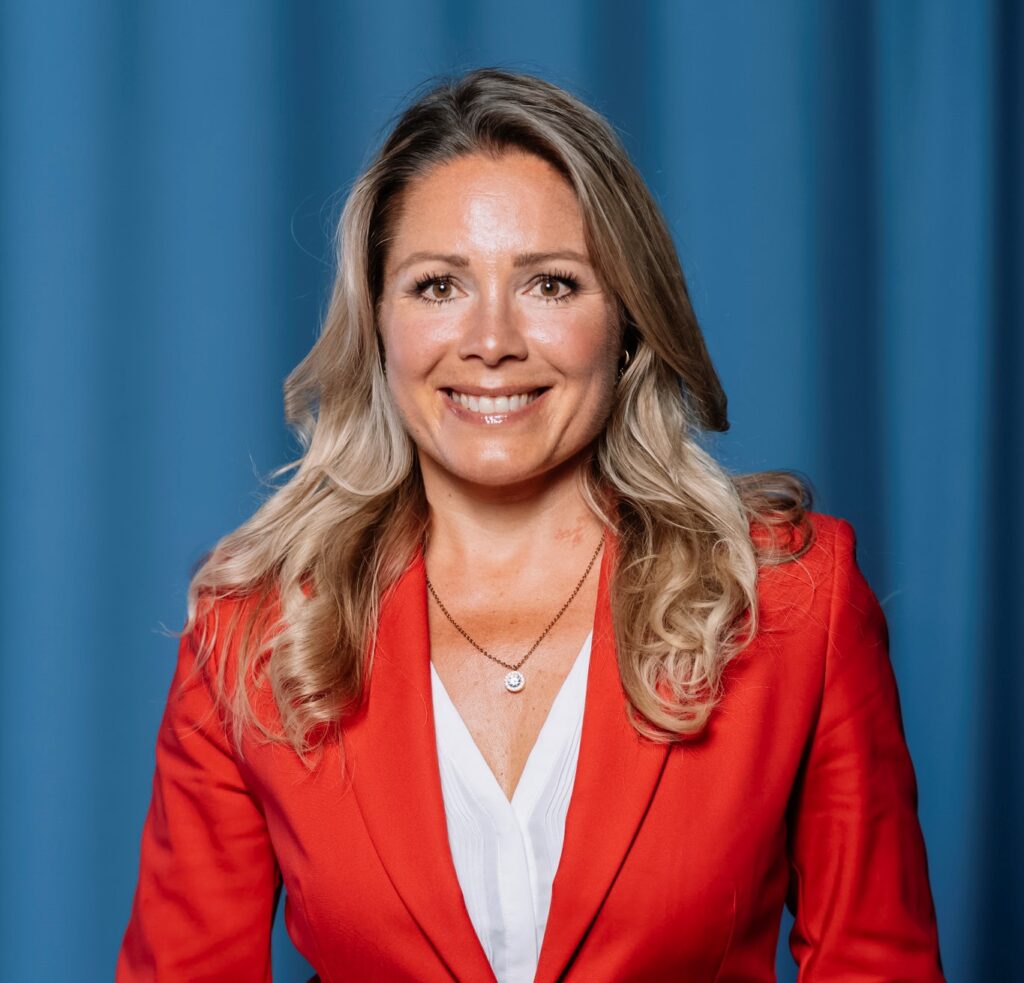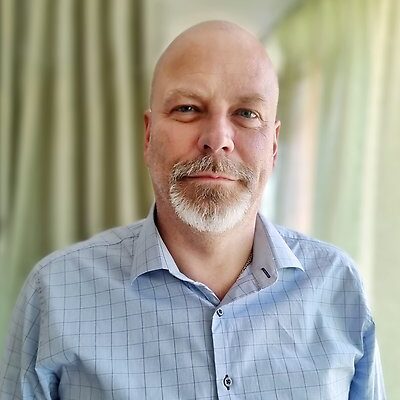More convenient access to healthcare for Värmland’s young and old
More convenient access to healthcare for Värmland’s young and old
The Swedish Region of Värmland and four of its municipalities have come together to increase the use of digital solutions in elderly care and establish a one-stop shop for children with behavioural or mental health issues. The goal is to provide better and more efficient healthcare in the region, defined by each patient’s needs.

Genre picture.
Digital-first and fewer transfers
These are two fundamental principles in the work with integrated healthcare and care for the elderly in the Värmland region. The population of Värmland is ageing, and distances to the nearest healthcare centre or hospital are often long. Consequently, the region and municipalities have decided to apply a digital-first approach to healthcare for elderly patients, aiming to reduce the need for transfers. The goal is to provide elderly individuals with better patient accessibility and an enhanced sense of security with their caregivers.
“98 per cent of Värmland’s inhabitants already have an account on the Swedish National Patient Portal, 1177, which provides access to various healthcare and care services,” says Cecilia Fenelius, Healthcare Strategist at the Region of Värmland. “Using the technology is still challenging for some, but we’re starting from a favourable position. By implementing digital consultations across regional and municipal healthcare, we aim to reduce the need for transfers and often time-consuming hospital visits for our elderly citizens, which in many cases could be replaced by a short video consultation.”

More efficient treatment of young people
The project’s second track aims to improve quality and resource efficiency when diagnosing and treating children and adolescents with behavioural or mental health issues. The process requires involvement from everything from schools and social services to municipal and regional healthcare providers.
”Patient data is not necessarily shared between them, meaning that many of the children must undergo the same tests and interviews several times throughout the process,” says Tina Crafoord, Management Strategist in Healthcare at the Region of Värmland. “The idea is to create a single entry point to the healthcare system for these children, either fully digital or at a physical location, gathering all the competencies necessary for their diagnosis and treatment. Our goal is to go from five or six examinations and treatment plans to just one. Besides improving resource efficiency, providing all these services in one place makes navigating the system more manageable for the children and their families.”

Clear mandate to drive change
To achieve these objectives, the project partners have been given a clear mandate to explore new ways of collaboration, test innovative technologies and services, and challenge the rules and regulations they encounter in their work. According to Christian Persman, Development Manager at Arvika Municipality, this mandate from the regional and municipal management and political leadership is essential to drive change.
“Bringing together people from different organisations and organisational cultures is no easy task. We can all agree that there’s a need for more collaboration, but there are quite some challenges when you start implementing or changing specific workflows. What happens, for example, if a person working for the region makes a decision that impacts the municipal staff? We must constantly remind ourselves and others that the management and political leadership have given us the mandate to challenge and change the system.”

IHAC investments focus on developing components for structured collaboration, communication, and knowledge sharing between different organisations for increased patient service access through digital solutions.
